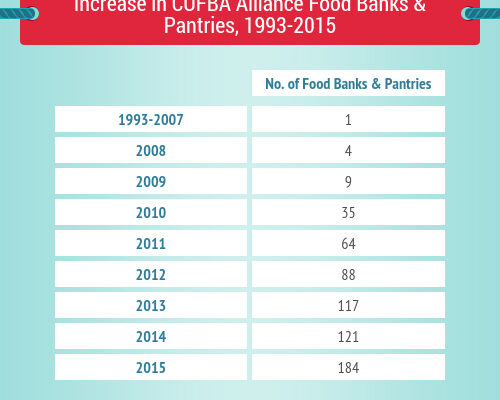Study: Food Insecurity a Major Concern for Community College Students
Report: Assessing Food Insecurity on Campus
Source: The Urban Institute
What is more important: food or paying the rent?
Unfortunately, that is a question many college and university students must ask themselves on a daily basis, especially those attending a two-year college.
A report released this week by The Urban Institute finds that the food insecurity rate is 13.3 percent for households with students enrolled in two-year colleges. This means that nearly one in five two-year college students lives in a food-insecure household. By contrast, for households with students enrolled in four-year colleges, the rate of food insecurity is 11.2 percent.
The study for the first time quantifies food insecurity on a national scale, seeking to expand on previous studies that surveyed individual campuses to get a snapshot of the problem around the country. Sarah Goldrick-Rab, a professor at Temple University (PA) and the author of a March study on this topic, said while it is encouraging that the report tries to widen the scope of research in this area, incomplete data on students who might be homeless or not part of a household could potentially skew the findings.
The report authors also offered recommendations, including engaging in a national conversation on the particular challenges food-insecure community college students face and adapting potential policies and procedures for the specific location of the institution, whether it be rural or urban.
Other ideas proposed focused more on policy and what Congress might do to combat this issue moving forward.
Wick Sloane, a professor at Bunker Hill Community College (MA), recently wrote a post for Higher Education Today on what his campus is doing to help students have adequate access to food and how other institutions can address the problem.
If you have any questions or comments about this blog post, please contact us.


